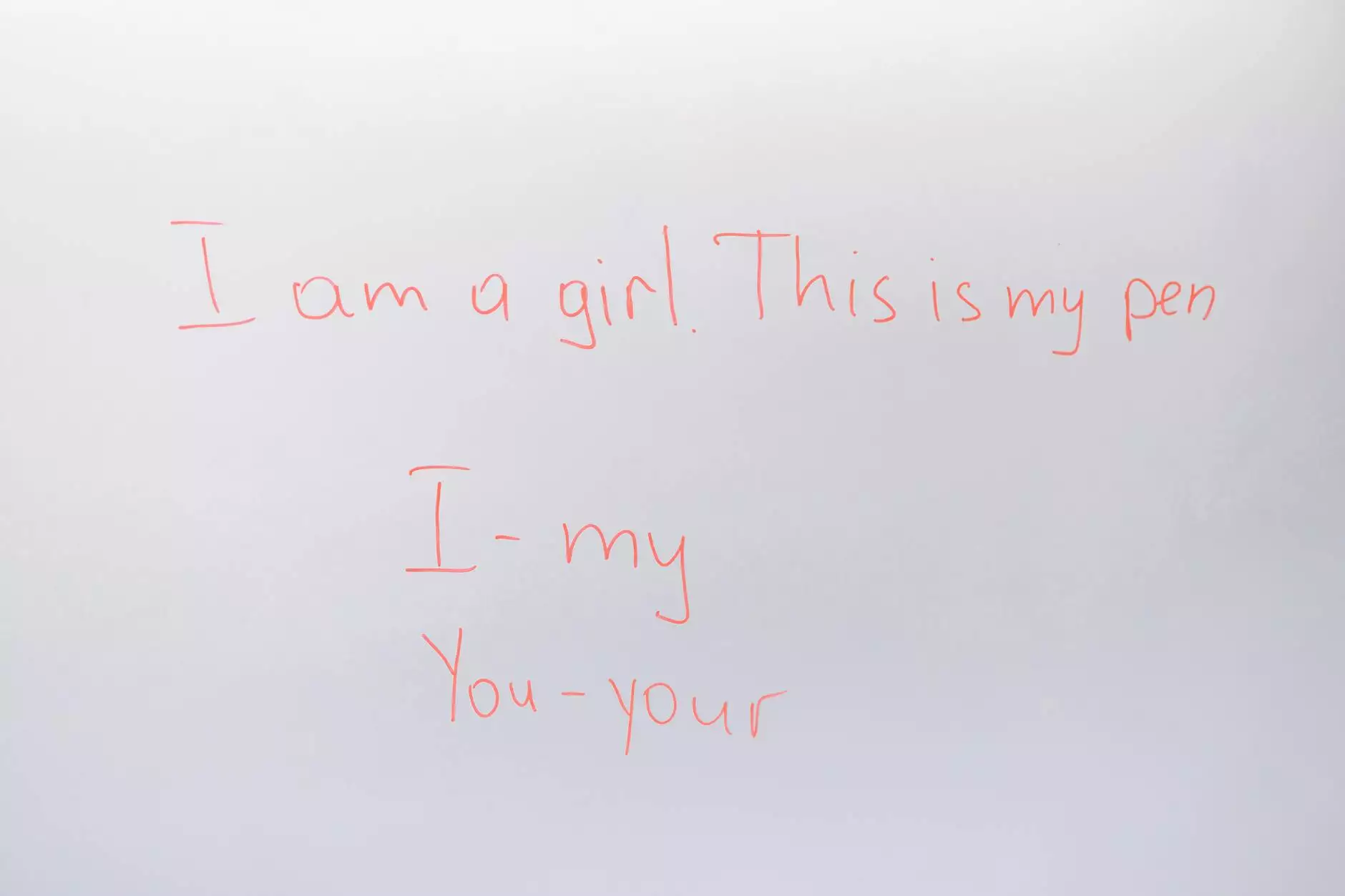553 – Mean, Meant, & Meant To
English Grammar Lessons
The Definition and Usage of 'Mean'
When it comes to understanding the word 'mean,' it's essential to consider its various contexts and interpretations. In common usage, 'mean' can refer to several things:
- mean as an adjective: indicating a person's unkind or malicious behavior.
- mean as a verb: expressing intent or signifying something.
- mean as a noun: representing the statistical average or middle value.
Each of these meanings carries its own significance and adds depth to the word 'mean' in different scenarios. Understanding these distinctions will help you grasp the true essence and usage of 'mean'.
The Past Tense: 'Meant'
As we delve into the past tense of the verb 'mean,' we encounter 'meant.' This form of the verb is crucial for expressing actions or intentions that occurred in the past. 'Meant' allows us to convey precisely what we intended or implied at a particular moment in the past.
Exploring 'Meant To'
Now, let's shift our focus to the phrase 'meant to.' 'Meant to' is a combination of the past tense of the verb 'mean' with the preposition 'to.' This construction signifies intention or purpose. By using 'meant to,' we express that something was done or created with a specific objective or goal in mind.
Examples and Contextual Usage
To gain a more comprehensive understanding of 'mean,' 'meant,' and 'meant to,' let's explore a range of examples and their contextual applications:
Example 1:
She meant to call him last night.
In this case, the sentence implies that the person had the intention or purpose of calling someone the previous evening.
Example 2:
Your comment was mean and hurtful.
Here, 'mean' is used as an adjective, indicating that the comment was unkind or malicious in nature.
Example 3:
The mean age of the participants was 35.
In this instance, 'mean' represents the statistical average of the ages of the participants.
Common Errors and Misconceptions
While 'mean,' 'meant,' and 'meant to' may seem straightforward, they can still lead to confusion and errors. Let's address a few common misconceptions:
Misconception 1:
Using 'mean' as a verb instead of 'meant' when referring to the past tense.
Correct: I meant to call her yesterday.
Incorrect: I mean to call her yesterday.
Misconception 2:
Using 'mean' solely as an adjective without considering its other meanings.
Correct: She made a mean remark.
Incorrect: She made a mean.
Misconception 3:
Incorrectly using 'meant to' instead of the appropriate form of 'mean.'
Correct: I meant to send you an email.
Incorrect: I meant send you an email.
Conclusion
In summary, understanding the diverse meanings and usage of 'mean,' 'meant,' and 'meant to' is essential for effective communication. Whether you're referring to someone's intent, the statistical average, or expressing malicious behavior, knowing how to use these words accurately will enhance your language proficiency.
At NJCLT, we strive to provide comprehensive explanations and examples to clarify commonly misunderstood words and phrases. Our commitment to linguistic expertise sets us apart, ensuring that you obtain accurate and reliable information.










